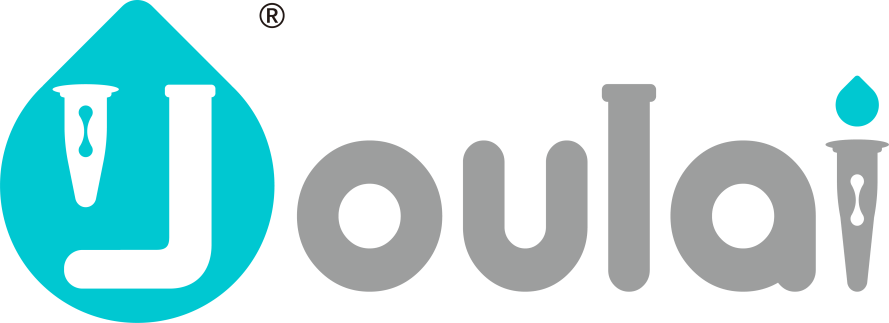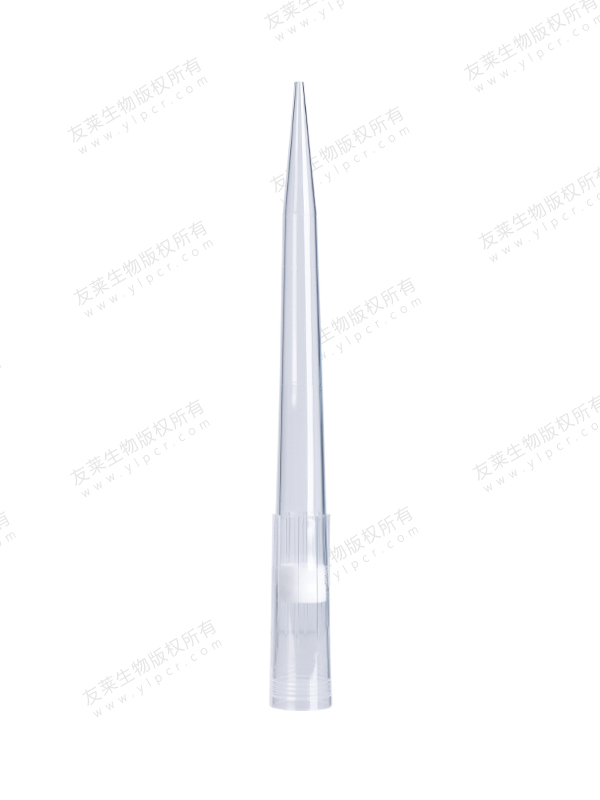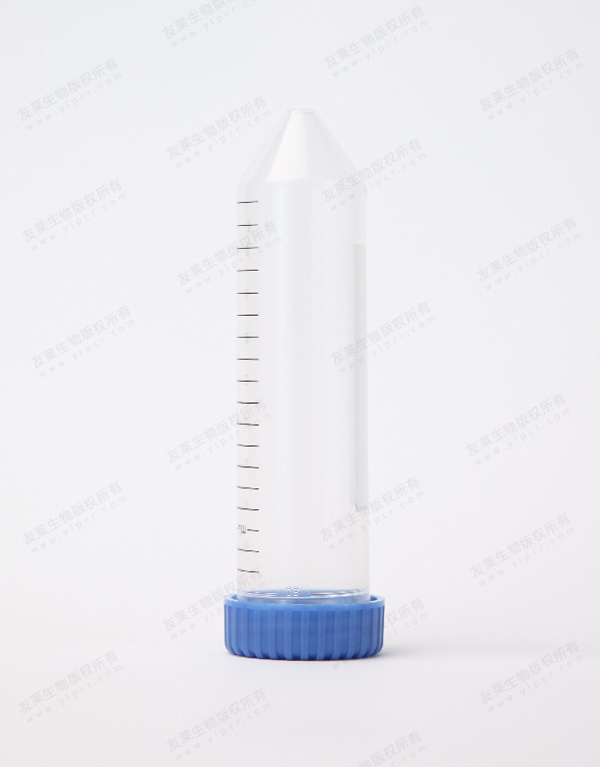Thermal uniformity in PCR tubes is a critical factor in ensuring the accuracy and reliability of PCR reactions. It refers to the even distribution of temperature across the entire volume of the PCR tube during each step of the PCR process, including denaturation, annealing, and extension. Achieving thermal uniformity is essential because temperature variations within the reaction can lead to uneven amplification of DNA and unreliable results. Here's how thermal uniformity is typically achieved in PCR tubes:
Quality of PCR Tubes: High-quality PCR tubes are designed to have excellent thermal conductivity and uniform heat transfer properties. They are typically made from materials like polypropylene, which can rapidly and evenly distribute heat throughout the tube.
Thermal Cyclers: The thermal cycler, also known as a PCR machine or thermocycler, is the instrument responsible for controlling and regulating the temperature of the PCR tubes. Modern thermal cyclers are equipped with advanced heating and cooling elements, such as Peltier devices, that can precisely maintain the desired temperatures and rapidly switch between them. These devices help ensure that the PCR tubes experience minimal temperature fluctuations.
Lid Heating: Many thermal cyclers have heated lids or lids with heated rings. The heated lid prevents condensation from forming on the PCR tube's lid, which can affect thermal uniformity and reaction consistency. It also helps maintain a uniform temperature across the entire reaction volume.
Sample Volume and Tube Size: The volume of the PCR reaction and the size of the PCR tube can influence thermal uniformity. Smaller reaction volumes and thinner PCR tubes tend to heat and cool more quickly and evenly than larger volumes or thicker-walled tubes.
Thermal Block Design: Some thermal cyclers use interchangeable thermal blocks that can accommodate different sizes and types of PCR tubes. The design and material of these blocks also play a role in achieving thermal uniformity. Blocks with good thermal conductivity help distribute heat evenly.
Calibration and Validation: Regular calibration and validation of the thermal cycler are essential to ensure that it is maintaining the desired temperatures accurately. Manufacturers often provide guidelines and tools for this purpose.
PCR Protocol Optimization: PCR protocols are designed to include specific heating and cooling ramp rates and hold times for each step. Optimizing these parameters for your specific PCR reaction can help achieve the best thermal uniformity.

 English
English русский
русский 中文简体
中文简体
水印.jpg)



